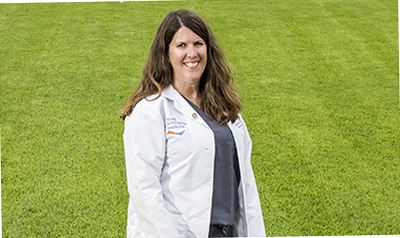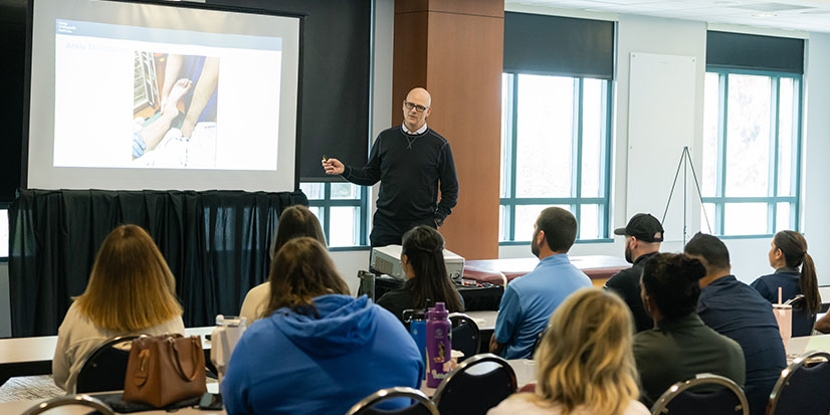Fall Prevention: Home Safety Checklist for Seniors
- Category: Orthopedic Health, Recovery, Staff Spotlight
- Posted On:
- Written By: Jennifer Brandon, PT

Whether you live alone or are taking care of a loved one, making your home a safe place to live is always a priority. This is especially important for seniors, who need to be extra mindful of safety concerns that may be lurking in their homes. Jennifer Brandon, PT MPT GCS, rehab manager at Hoag Orthopedic Institute, provides her expert insight to ensure seniors are staying safe.
- What are the biggest safety concerns for seniors living at home?
Safety hazards are often “hidden” in basic household items such as furniture, rugs or pets. Everyday activities like answering the phone or walking to the bathroom have an increased fall risk when rushing. Many medications that seniors take have side effects and can make one dizzy when first getting out of be in the morning. Finally, as we age, there are physical changes such as diminished vision or changes in posture that can impact balance.
- What suggestions can you offer for seniors wanting to stay at home as long as possible? How can they mitigate these safety concerns?
First and foremost, it is important for seniors to have a strong social network of friends, family or neighbors – daily contact with someone creates a support system in times of need. Often, older adults don’t want to ask for assistance as they “don’t want to be burden” but they should not hesitate to ask for support or help when needed. Look for local agencies or senior centers which offer a variety of services such as transportation, repairs, and errands – my mother’s set up her Christmas tree. Secondly, BE ACTIVE!! Daily activity or exercise keeps your muscles strong to maintain balance and prevent falls. In addition, group classes not only provide activity and social interaction; they keep the mind healthy too.
- What else should seniors know about staying safe at home?
It usually only requires simple changes to make the home a safe environment. Consider removing throw rugs or securing the edges and removing clutter such as cords from the floor. It is important to have good lighting throughout the home and a nightlight near the bedside or in the bathroom to avoid tip hazards. A seat in the shower or grab bars increases safety in the bathroom. Home Safety Checklists can be found on-line for additional suggestions. A history of falls or frequent “near falls” is often a sign of balance issues – ask your primary care physician to refer you to physical therapy for a balance assessment or program.


